A Personal Journey Through Film and Sound
by Peter J. Devlin CAS

In 1975, I was a thirteen-year-old living in Belfast, Northern Ireland. The conflict known as “The Troubles” was in its sixth year, casting a shadow over daily life. Amidst the unrest, one exhilarating thought preoccupied my mind: when would I finally get to see the most anticipated film of the year, Jaws. As we approach the 50th anniversary of its release, it’s astonishing to reflect on how this film has woven itself into the fabric of my life, ultimately guiding me on a journey that ignited my passion for movies, led me to work in production sound, and allowed me to meet some incredible individuals involved in its creation.

Jaws movie poster courtesy of © 1975 – Universal Pictures.
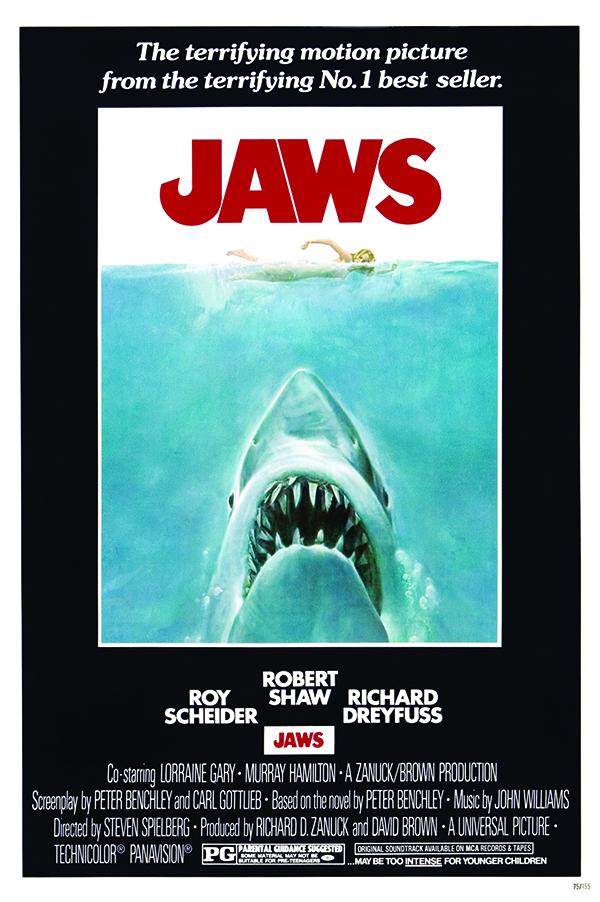
During that time in the UK, it was common practice for films to be released up to six months or more after their debut in the United States. This frustrating delay no longer exists, but it created an atmosphere of excitement and anticipation for movies in the 1970s. Jaws, now hailed as the first true blockbuster, was released in the U.S. in June 1975; yet, I had to patiently wait until April 1976 to experience its magic for myself. I vividly recall the day I left school with my cousin, Joe Torney, to catch a weekday screening at the ABC Cinema in Belfast City Center. From the very first haunting notes of John Williams’ score—those two ominous cello notes, E and F—through to the final credits, I was utterly transfixed and soon became obsessed with the film. I hurried home, practically buzzing with excitement, to tell my mother that I simply had to see it again. She looked at me with a bemused smile, but after my third viewing within just two weeks, I was gently informed that the funding for this trip to see the same film would have to come to a halt.
The true turning point for me came with the purchase of the book The Jaws Log in 1977, written by Carl Gottlieb, who chronicled the tumultuous production of the film and included incredible behind-the-scenes photographs. It captured not just my interest, but my imagination as well. The tales of the challenges faced during filming opened my eyes to the artistry and teamwork required to bring a film to life. Although sound wasn’t my primary focus as a teenager, learning about the various crafts involved in filmmaking profoundly changed how I viewed every movie I watched. I didn’t stop at merely watching the film, while I was on a school trip to Paris, I eagerly purchased the soundtrack, scooped up multiple film magazines and developed an increasing fascination with its young director, Steven Spielberg.
Jaws became the largest-grossing film of 1975 and went on to win three Academy Awards for Composer John Williams, Editor Verna Fields, and the sound team of Production Sound Mixer John R. Carter, Re-recording Mixers Robert Hoyt, Roger Herman, and Earl Madery. When looking at the credits, there is no mention of the complete production sound team or sound editorial. IMDb lists twelve individuals who are uncredited. One of those was Thomas Allen, whom I knew when I worked in Florida. Tom never spoke to me about working on the film until many years later when he told me he was the Cable Person, unfortunately, it was in a casual comment on the phone. I couldn’t believe I had missed an opportunity to speak with him at length. Tom has since passed away, but he had a significant career and worked for Universal on many shows, becoming the Mixer of choice for actor Peter Falk on the Columbo series.
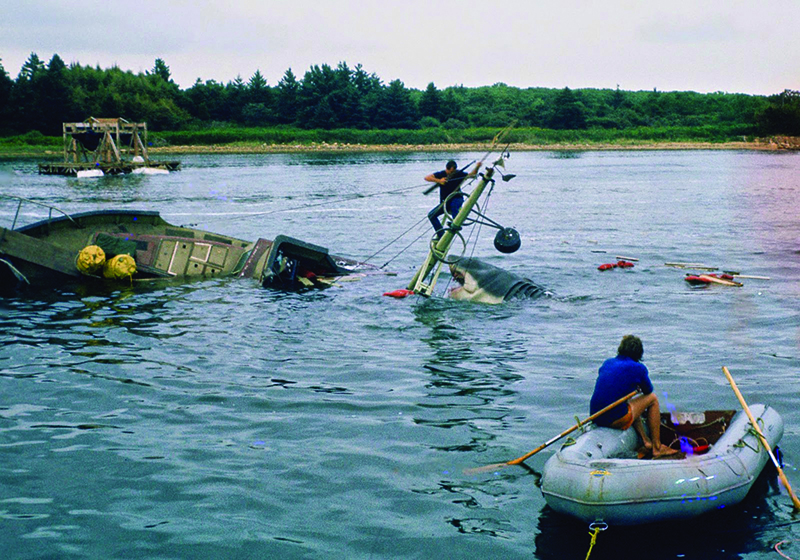
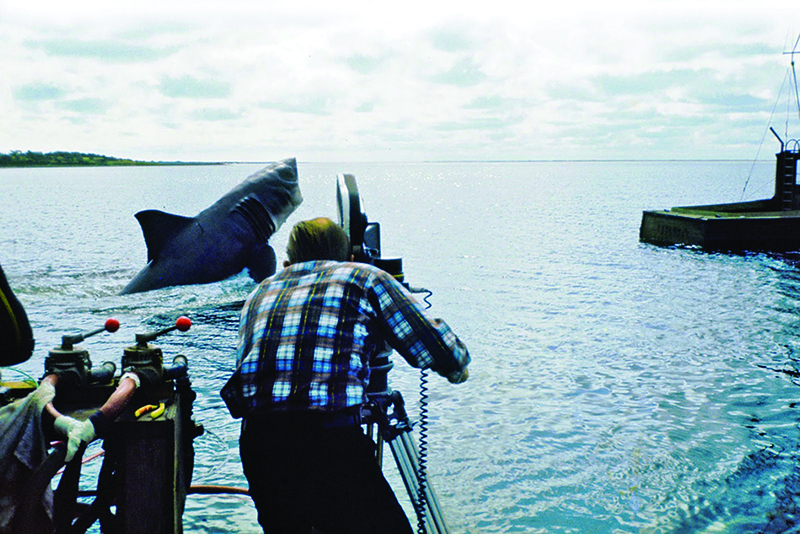
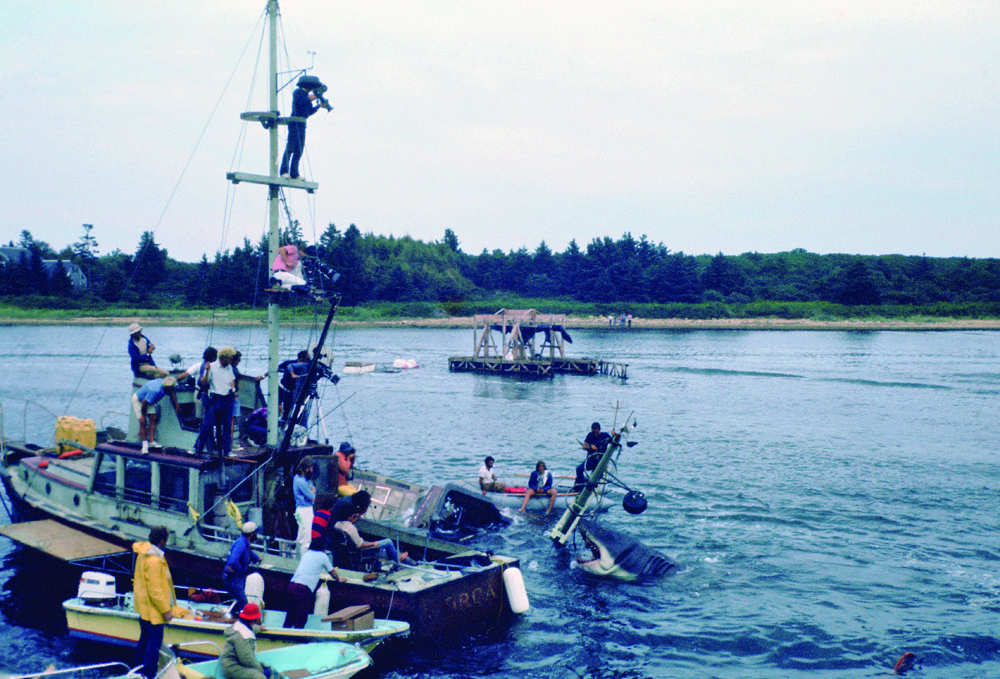
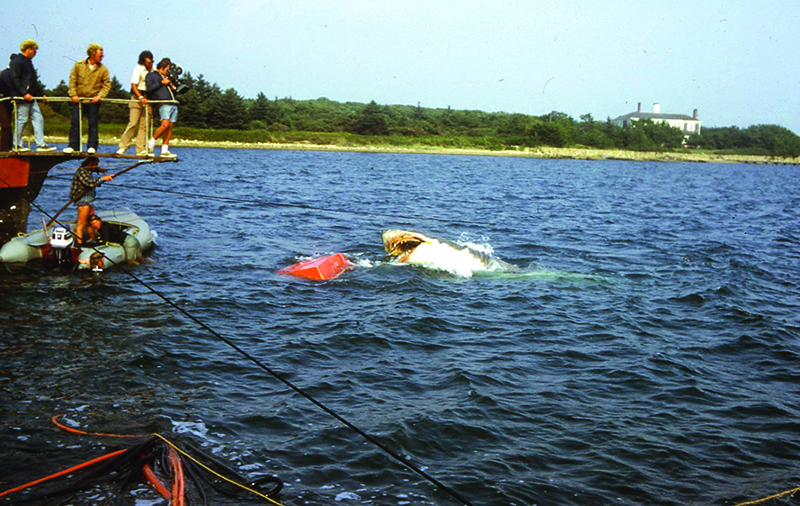
Flickr/Pinterest/Britannica/Wikimedia Commons/IMDb
https://rarehistoricalphotos.com/jaws-behind-the-scene-photos/
https://www.moviestillsdb.com/movies/jaws-i73195
In 1992, I worked on a TV series, Key West, for Fox, and one of the directors was James Contner, who came up through the Camera Department. He was the focus puller on Jaws, and I remember being in awe of someone who had worked on the film. Not only was he a great director, but he also cared about production sound. I had a Zoom call with Jim recently, and we reminisced about the episode of Key West and his experiences on set in Martha’s Vineyard. He continued his connection to great white sharks when he became the Director of Photography on Jaws 3D, in 1982.
I was in New York in 2001 for a film called Bad Company for Disney, and got into conversation with our UPM, Jonathan Filley. We talked about our favorite films when he proceeded to tell me about his short-lived acting career. He was in the opening scene of Jaws and was that character “Tom Cassidy,” who luckily didn’t make it into the water, passing out on the beach as his partner, “Chrissie,” continued into the ocean to meet the Great White!
The next Jaws connection for me was the director himself. I was working on Michael Bay’s film Transformers in 2006, and Steven Spielberg was one of the producers. I handed him a pair of Comteks when he came to set and I couldn’t help but think of the journey I had taken into sound, which all started that day thirty years earlier in a cinema in Belfast in 1976. I would have loved to share that story with him, but I was sure he had heard many such stories!
A few years later, I learned that my wife Maureen had a colleague at her school whose father won an Academy Award for the sound on Jaws, I couldn’t believe it. It was Re-recording Mixer Robert Hoyt, and through this connection, I was able to meet Robert’s widow, Judie. This meeting, in turn, led to the Cinema Audio Society displaying Hoyt’s Oscar at the 50th CAS Awards in 2024. Robert Hoyt was one of the original CAS founders and its first CAS President. Now you see the interweaving connection here.
Judie said originally, Robert was not going to attend the Oscars, as he believed the award would not go to a film whose soundtrack was in mono.The other nominated films were The Hindenburg, Funny Lady, The Wind and the Lion, and Bite the Bullet. He believed that the frontrunner was The Hindenburg, especially given its six-track 70mm release. Fortunately, he was persuaded by his family to attend the Oscars, and he went up on stage to receive his Academy Award alongside his fellow team member Roger Herman, Earl Madery, and John Carter. In 2023, the Academy Museum hosted Jaws Production Designer Joe Alves. He was kind enough to sign my original Jaws soundtrack album with the most amazing signature and illustration. Joe captivated the audience as he shared his memories from 1974 in Martha’s Vineyard, connecting me once again to the film.
Robert Shaw’s son, Ian Shaw, brought to Broadway the production of The Shark Is Broken, in 2023, which chronicles the making of the film in Martha’s Vineyard. The setting was the boat the Orca I couldn’t believe how much Ian looked and sounded like his father, as “Quint,” and the play is still continuing to entertain audiences who are fascinated with the film, and the behind-the-scenes drama between the three principal actors: Robert Shaw, Roy Scheider, and Richard Dreyfuss.
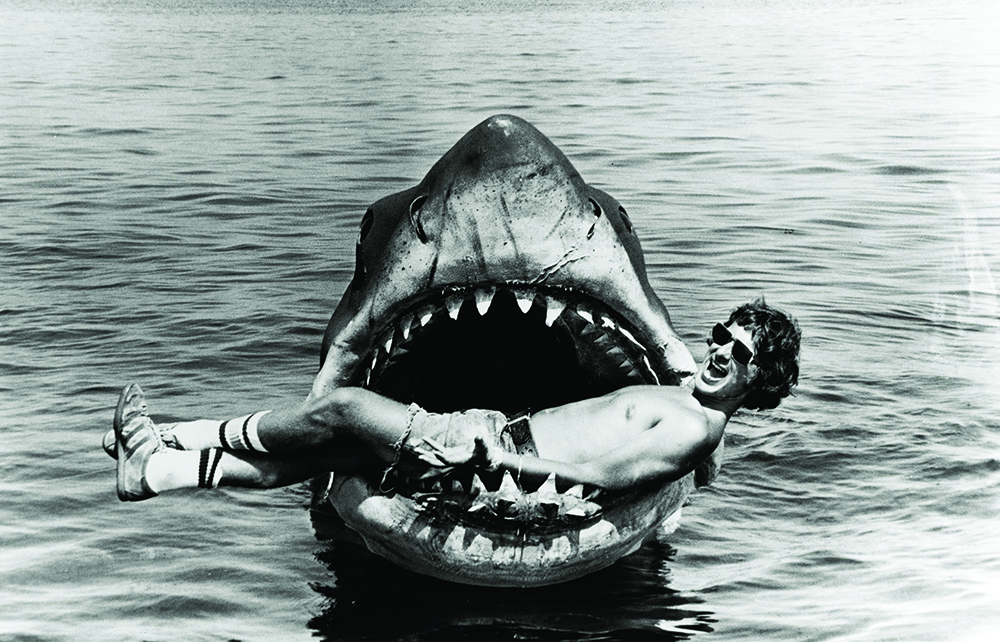
Photo by mptvimages.com
Image courtesy mptvimages.com
However, I leave the production sound connection for last, which, for me, is the “motherlode.” Last year, I was texting with Re-recording Mixer Jon Taylor, inquiring if he knew anyone I could contact at Universal regarding the equipment used on set. His response was epic: He said my Mix Tech, Bill Meadows’ father, was the Boom Operator on the film. You can imagine how elated I was. I called Bill, and sure enough, he told me that his dad, Frank Meadows, worked on the film and that he himself had worked on several restorations. A meeting was set up with both of them, and I can honestly say it felt like a full-circle moment.
Sitting down with Frank and Bill, I discovered that there were two production sound crews on the film. The first was John Carter and Boom Operator John McDonald, and Sound Recordist Bill Griffith, but because the film went over its shooting schedule, Production Mixer Albert D. Cuesta and Frank Meadows came in to finish the film. Frank was able to tell me that he boomed the iconic line from Roy Scheider, “You’re gonna need a bigger boat,” as well as the Indianapolis speech from Robert Shaw. Bill told me that during that scene, you can see the boom reflection in the cabin window behind Robert Shaw, but that was digitally removed in the subsequent restorations.
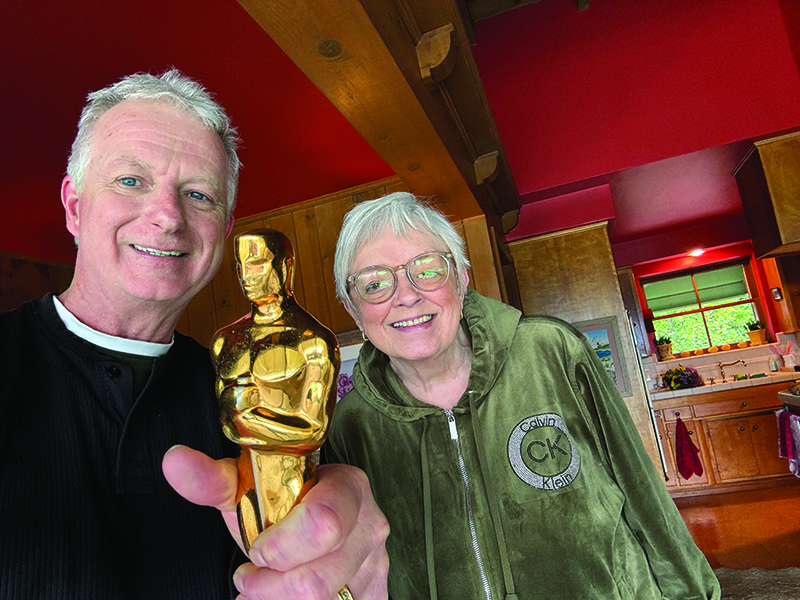
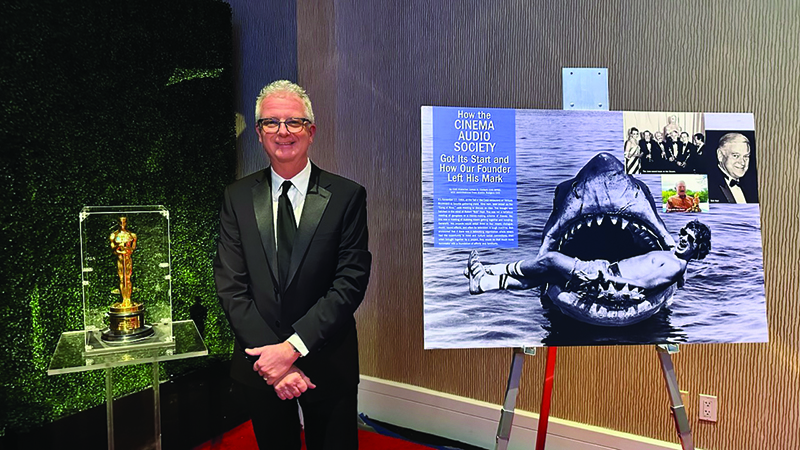
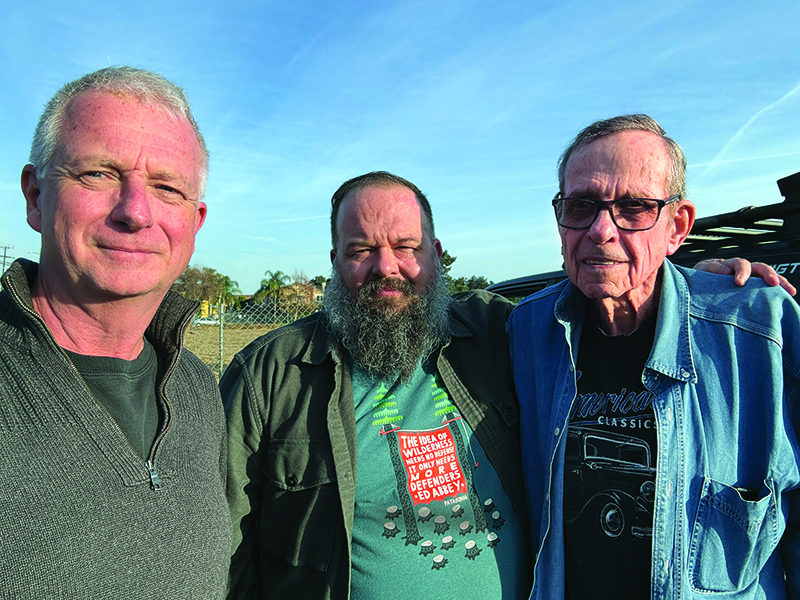
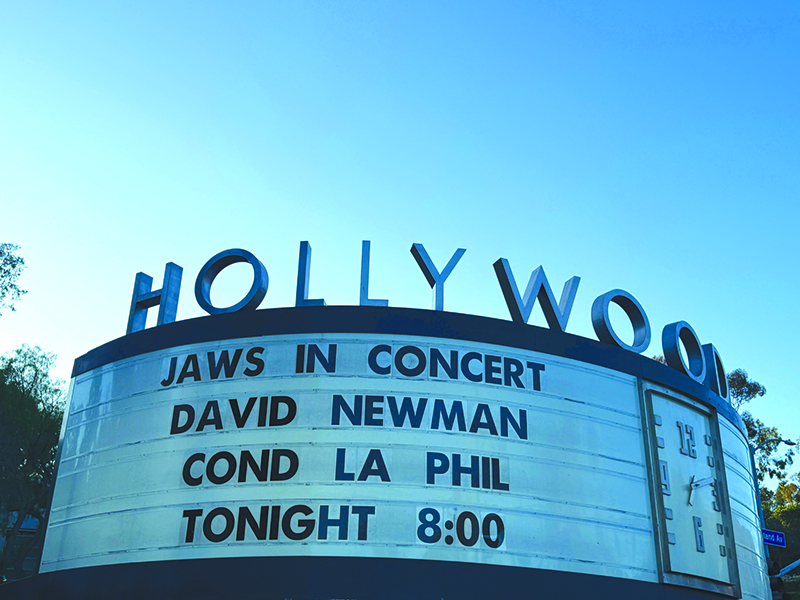
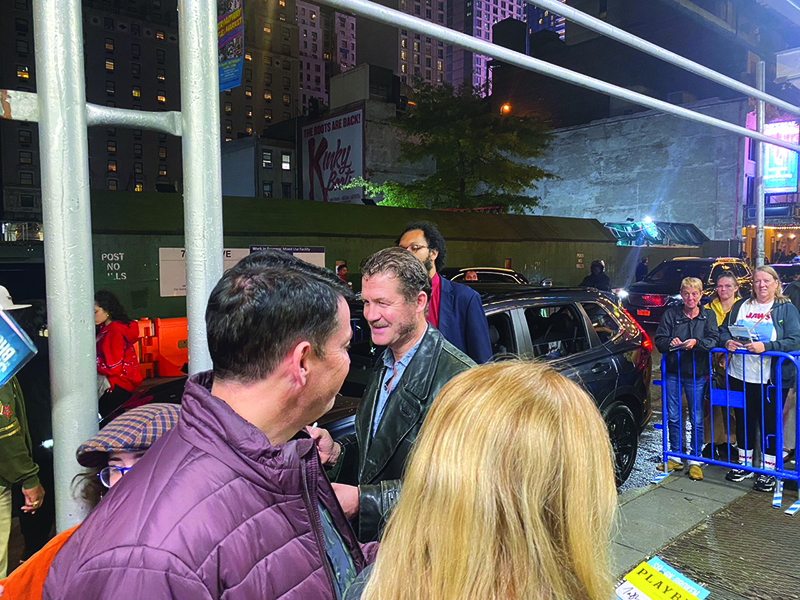
Frank was also an avid photographer, pre-NDA days. He used his skills to capture some wonderful photos on Ektachrome, beautiful behind-the-scenes images. Recently, he donated this slide collection to the Academy, where it can be viewed by students and academics. After Jaws, Frank went on to become the Production Sound Mixer on many television shows, including Little House on the Prairie, Hunter, and T.J. Hooker. He also served as Business Agent in Local 695.
Frank’s father was Roy Meadows, who worked as an Engineer in the Universal Studios Sound Department from 1929 till 1933. In 1933, Roy moved into production sound, first as a Boom Operator and then as a Mixer at RCA/RKO Studios from 1933 till 1948. From 1948 until his retirement in 1974, he went independent and worked as a Sound Mixer for Universal, Paramount, Disney, and Fox. Roy, Frank, and Bill represent three generations working in sound, and Bill’s son, Samuel, has expressed a strong interest in the “family business” that could be four generations!
Regarding the sound equipment; Frank said that they used a Nagra 4L, two Sennheiser 816’s, two 415’s, four Vega radio microphones with Sony ECM 50’s and a four-channel Perfectone mixer that was modified by Universal Studios. They lost a Nagra in fifty feet of water, which was recovered but was no longer usable. Steven Spielberg tells a story of the boat, the Orca sinking, with Production Mixer John Carter holding his Nagra high in the air as production rushed to get everybody off the boat, with no attention being paid to John’s predicament!
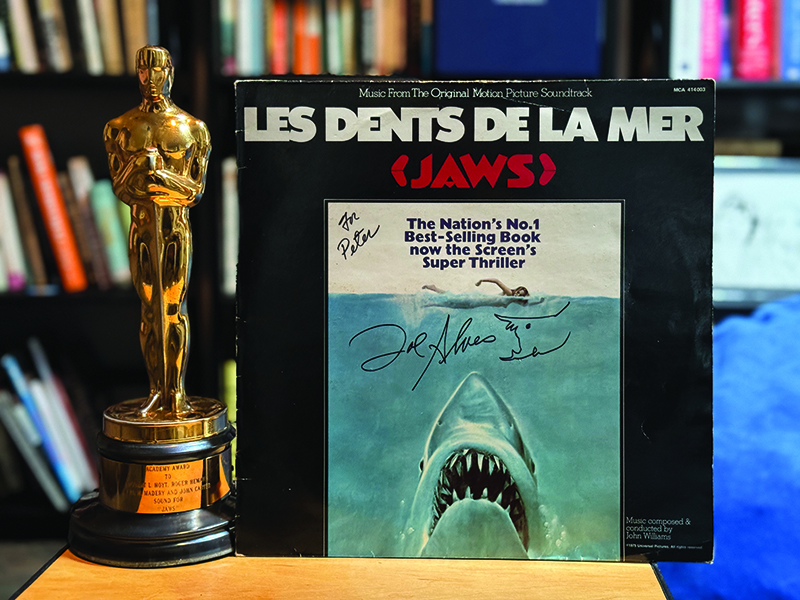
Listening to the production track in 2025 on the restored and remixed 4K version, I can honestly say I am in awe of the abilities of the production team working with a mono Nagra and a Perfectone mixer. In my earlier days, I mixed to a mono track, but today we are spoiled for choices when embarking on a project. Mixers John, Albert, and Boom Operators John and Frank raised the bar in what was possible in those days, and they go down in history for recording sound on a film that has endured for fifty years and will continue to influence future filmmakers.
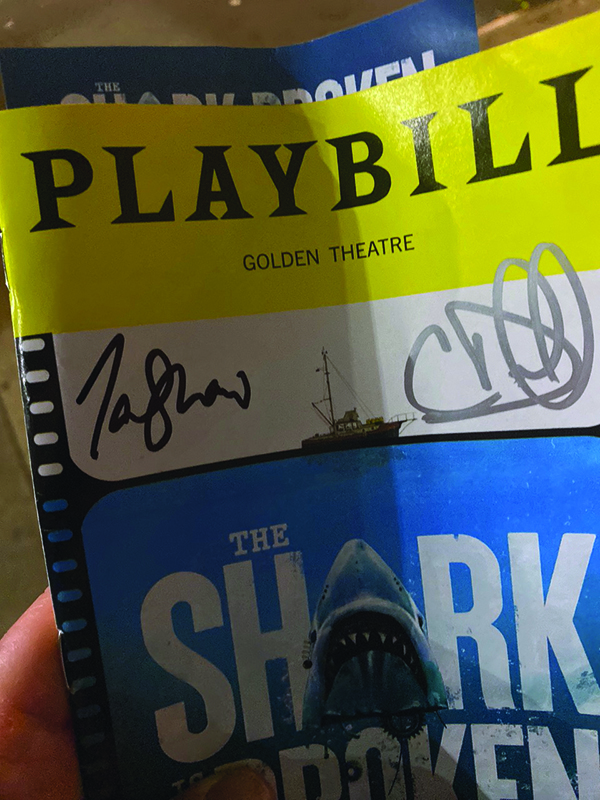
In September of this year, the Academy Museum will commemorate the 50th anniversary of Jaws with a unique exhibition dedicated to the film. It is the first of its kind to focus entirely on the film in an exhibition. Needless to say, I am incredibly excited about what will be a popular destination for Jaws lovers from around the world.
In reflection, this film’s influence on my life has been profound, guiding me to a career in film production and fostering connections with many of the industry’s finest talents. This year, I celebrated my thirtieth year in Local 695, and as we celebrate Jaw’s 50th anniversary, I invite our membership to join in commemorating its extraordinary legacy and soundtrack, a motion picture that continues to inspire future filmmakers and movie lovers. It speaks to the enduring power of cinema and to a true classic that changed the industry forever.